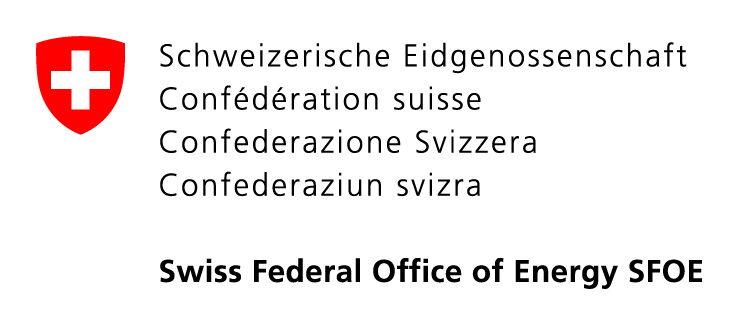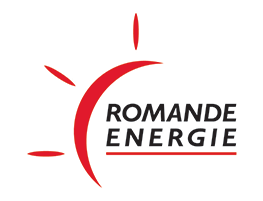27 September 2018 – 10:30 AM
Marie Violay EPFL, Switzerland
Fluids play an important role in fault zone and in earthquakes generation. Fluid pressure reduces the normal effective stress, lowering the frictional strength of the fault, potentially triggering earthquake ruptures. Fluid injection induced earthquakes in deep geothermal reservoirs are direct evidence of the effect of fluid pressure on the fault strength. Although simple in theory, the mechanisms that govern the nucleation, propagation and arrest of these earthquakes remain poorly constrained, and our ability to assess the seismic hazard associated with induced events remains limited. Here, thanks to friction tests, we investigate the effect of fluid pressure and fluid thermo-physical properties (heat capacity, density, and viscosity) on fault co-seismic weakening and healing.
We demonstrate that in silicate-bearing rocks:
- at low fluid viscosity, during rupture acceleration, initial fault weakening is governed by the flash heating mechanism and is delayed in the presence of water. This mechanism is influenced by fluid thermophysical properties. Therefore, the presence of low viscosity fluids might delay or inhibit the rupture nucleation and propagation depending on pressure and temperature conditions.
- at high fluid viscosity, during rupture acceleration, the initial weakening mechanism is governed by elasto-hydrodynamic lubrication. For small slip events, high fluid viscosity increases the energy dissipated during rupture processes and might delay or inhibit the rupture propagation. As seismic slip increases, the fault becomes more prone to slip in presence of high viscous fluid.
- during rupture deceleration, fluid pressure enhanced frictional healing rate by water cooling. Because wave radiation intensity during rupture deceleration depends on the healing rate, our data suggest that fluid pressure could promote wave radiation during the deceleration of the seismic rupture.
Obtaining a fundamental understanding of the dynamics of a fault system and its associated energy budget is important to assess the seismic hazard of induced earthquakes in geothermal reservoirs.










